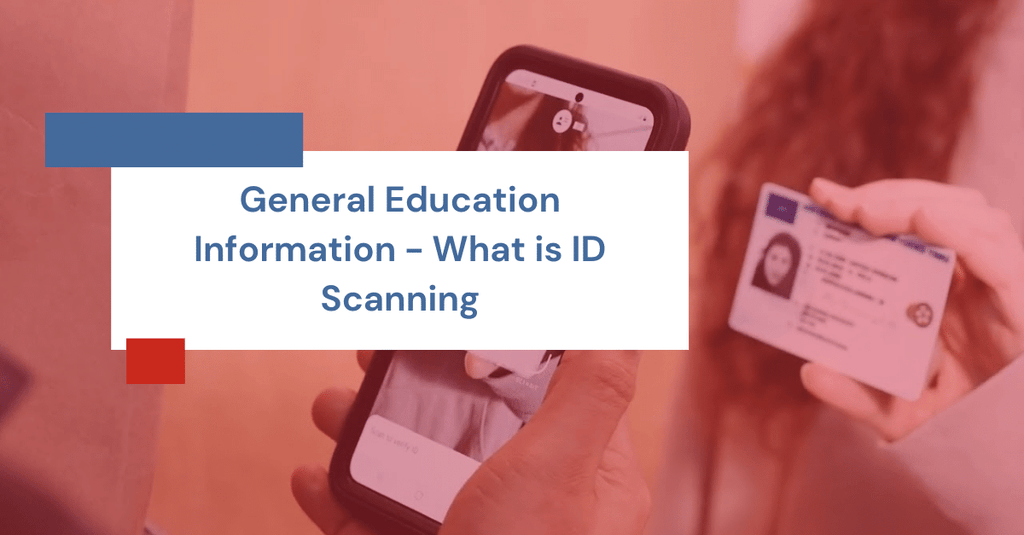ID scanning is the process of using electronic devices to read and capture information from government-issued identification documents, such as driver's licenses, passports, and national identification cards. The information that is typically available includes the name, date of birth, address of the individual, as well as the issuing authority and expiration date of the document. Electronic ID readers and ID scanners are commonly used in a variety of settings, including security checkpoints, retail stores, bars and clubs, and event venues, to verify the identity of individuals and prevent fraud or unauthorized access. This process is a crucial part of identity verification and fraud prevention efforts, supported by advanced fraud prevention software.
There are several types of ID scanners available on the market, including handheld scanners, desktop scanners, and kiosk-style scanners. Some ID scanners, like the electronic ID scanner, also have additional features, such as the ability to verify the authenticity of the document, check for discrepancies between the information on the document and the physical appearance of the individual, or detect signs of tampering. These advanced features are part of the evolving ID scanning technology landscape, contributing to effective identity verification services and enhancing age verification systems.
In order to use an ID scanner, an individual typically presents their identification document to the scanner, which captures the information from the document using a variety of technologies, such as optical character recognition (OCR) or magnetic stripe reading. The scanned information is then stored in a database or computer system for future reference or to be used for a specific purpose, such as granting access to a restricted area or completing a transaction. This process is essential for drivers license verification scanner applications and age ID scanner operations, ensuring accurate ID check verification. This storage process is integral to identity verification services, ensuring the accuracy and reliability of the data collected. Additionally, document verification software plays a significant role in enhancing these age verification systems, further preventing fraud.

